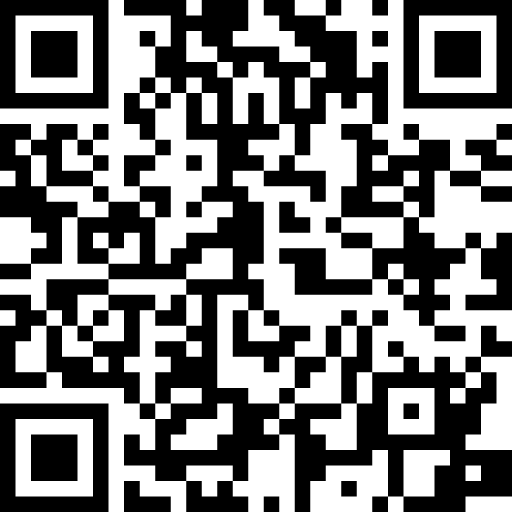Code Meets Money

The Match That Made Bitcoin

The Beginning
In the early 1990’s, most people were struggling to learn how to use a new tool called the internet.

A group of cryptographer activists, called cypherpunks, knew the growing digital world needed digitally native money.
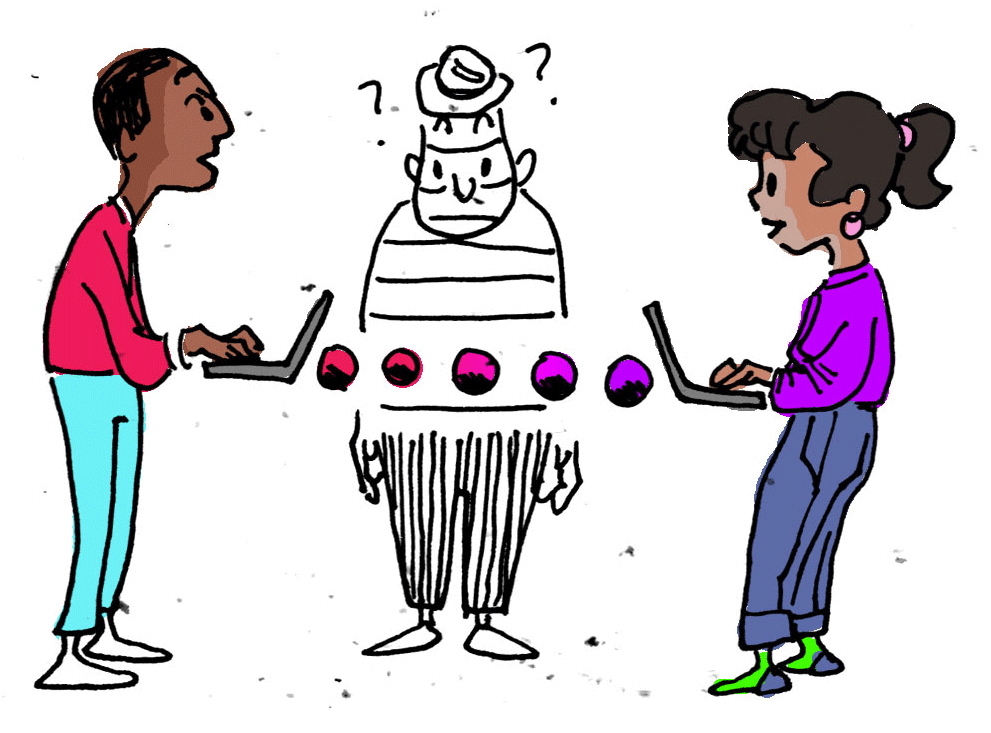
The idea behind digital cash was to create a way to exchange value using the internet. With it, people would be able to send and receive money anywhere in the world without the friction and fees of traditional middlemen.
Early attempts to create digital cash failed, but their progress paved the way for future success.
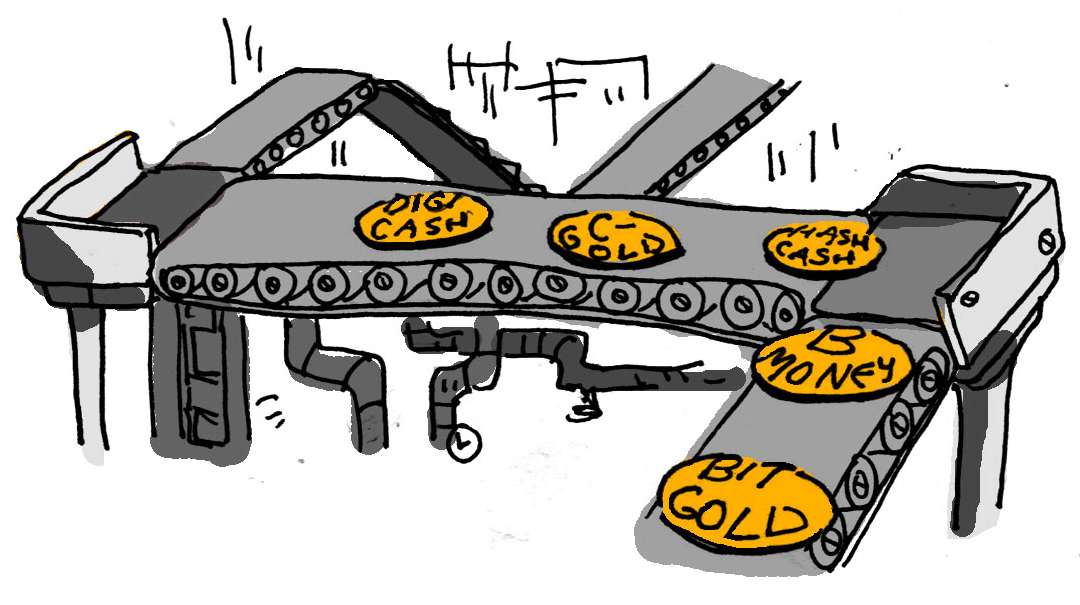
In 2008, the global financial crisis made the need for alternatives to a centralized banking system apparent. During the fallout from the crisis, governments began printing new money in order to stabilize economies.
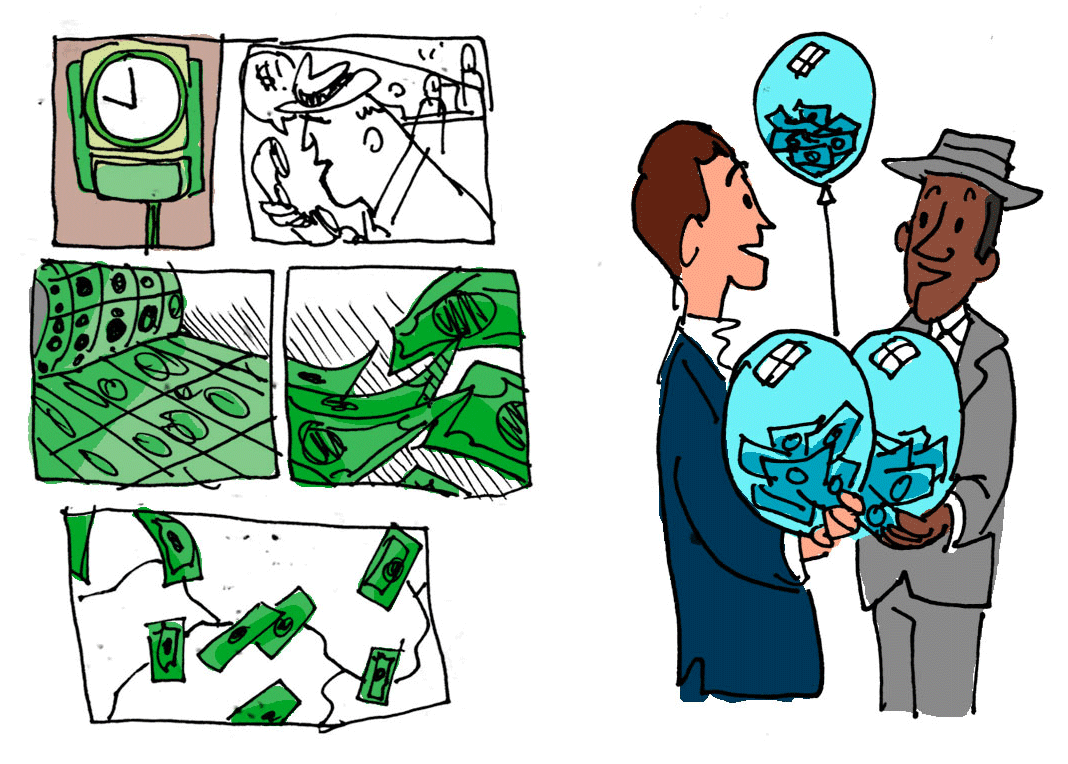
With confidence in the traditional banking system eroding, an unknown person or group of people named Satoshi Nakamoto published a now famous paper to a cryptography mailing list.
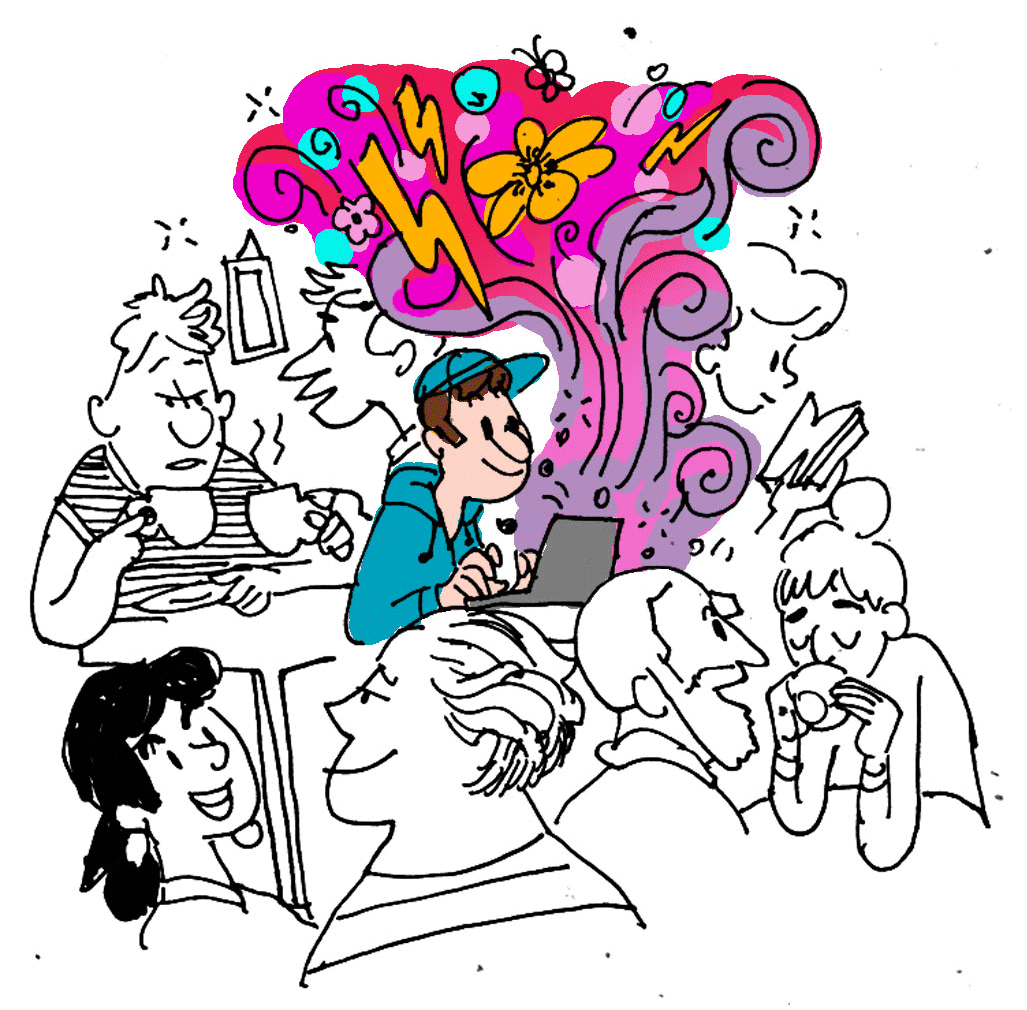
Nakamoto’s idea detailed an open financial system called Bitcoin. For the first time, Bitcoin solved the trust issues that prevented early versions of digital cash from working without a centralized gatekeeper.
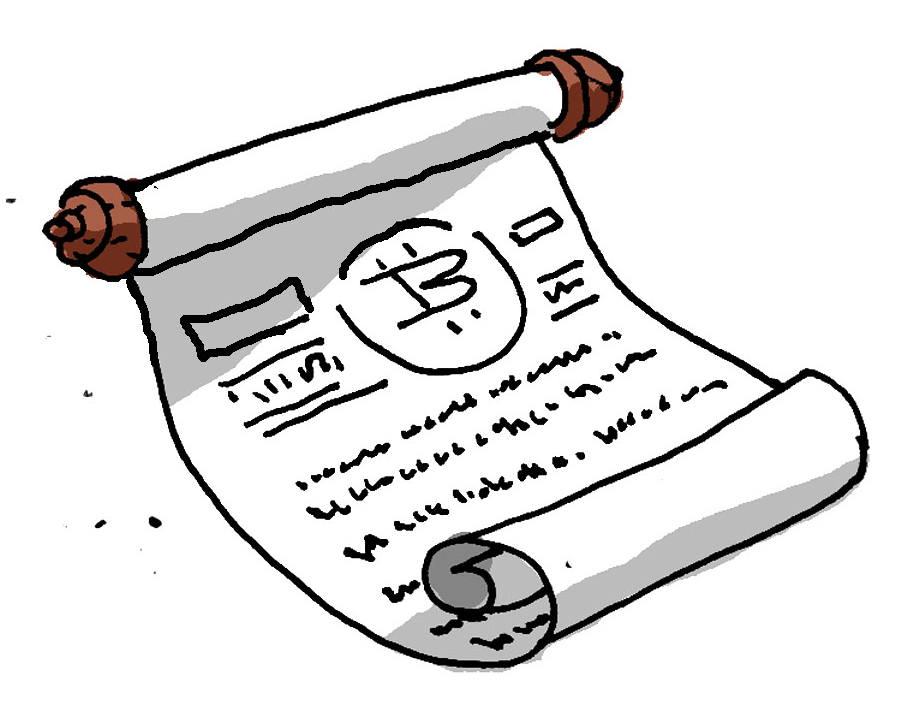
Using Bitcoin, people could transact with each other directly over the internet and participate in growing the network while making it more secure.
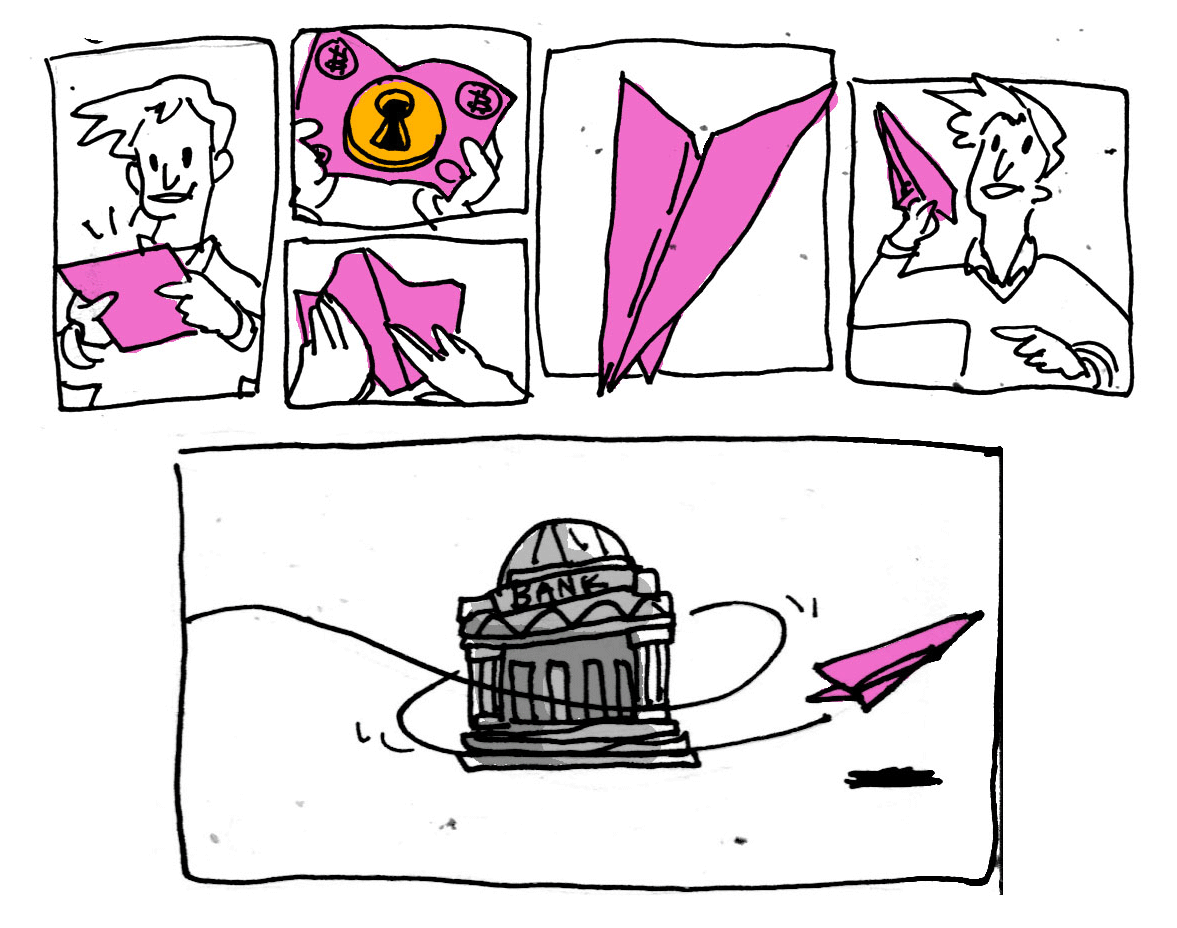
Satoshi Nakamoto continued to communicate with the growing community through online forums, working to refine Bitcoin while creating a large following of early adopters.

Satoshi disappeared completely in 2011, confident that development of the network would continue.
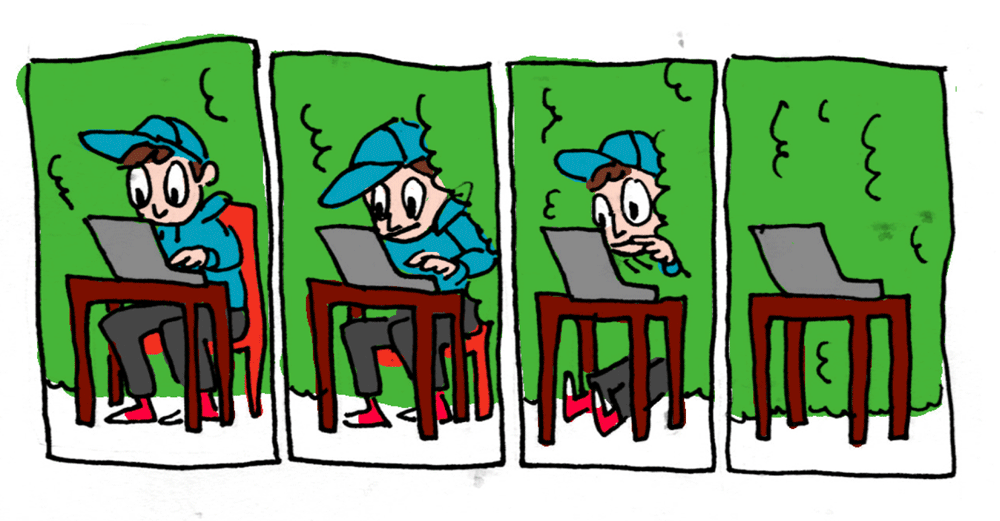
The identity, or identities, of Satoshi Nakamoto remains unknown. That’s one of many unique things about Bitcoin — there isn’t one central leader to decide what happens to the network. Instead, changes are made via consensus among all network participants.

The Rise
In its infancy, convincing people to adopt Bitcoin was a major challenge. In the early days, Bitcoin traded for only a few cents and was mainly used for things like online poker.

To become a widely accepted payment method, people needed the ability to exchange Bitcoin for traditional money.

In 2010, early Bitcoin pioneers opened Mt. Gox, an online exchange that enabled Bitcoin purchases. At its peak, Mt. Gox handled up to 70% of Bitcoin network transactions.

Soon after, other uses for Bitcoin started to emerge. The most popular was Silk Road, a dark web internet marketplace for buying and selling drugs.

As use and adoption increased, the price of Bitcoin rose. This caught the attention of more early investors and speculators. During the spring of 2011, the price of Bitcoin hit $1 for the first time. By July of 2011, the price surpassed $31.

At the same time, new cryptocurrencies were created to compete with Bitcoin or solve other problems. These new coins — like Litecoin, Namecoin, and Peercoin — became known as altcoins, as in alternatives to Bitcoin.

In 2013, Silk Road was shut down by the FBI. Illegal activity aside, it showcased the promise of cryptocurrencies as a digital payment method. With the closure of Silk Road, many thought Bitcoin might die. The price sank from roughly $145 to nearly $100.

But as Bitcoin development and growth continued around the world, its value rose to over $1,000 during the next year. In March of 2014, Mt. Gox filed for bankruptcy following a massive hack. As news of this spread, the price of Bitcoin was cut in half.

Like the closure of Silk Road, the collapse of Mt. Gox caused people to declare Bitcoin dead once again. A crypto winter set in and the price of Bitcoin stagnated between early 2014 and late 2016. At the same time, the crypto space kept expanding.

Altcoins started to grow. Some were designed to enhance privacy, others to create economies around digital services like file sharing or micro-payments.

In 2015, Ethereum launched. It was a platform that made it easy for developers to build decentralized applications. This ushered in a boom of new crypto companies and projects.

Over its first decade, Bitcoin has grown wildly. It experienced major price increases, the most recent was December 2017, when it nearly reached $20,000.

Suddenly, the whole world seemed to be talking about Bitcoin and cryptocurrencies. Believer or skeptic, the ride was just getting started.

The Future
Bitcoin has kickstarted a new movement of people interested in creating a global economy built on the foundation of programmable money.

Like other disruptions caused by the power of the internet, Bitcoin will ultimately give people more choice, control, and privacy. These are the building blocks of true economic freedom.

Bitcoin’s unique balance of technology and economics will continue to enable new financial innovations. It will empower projects, services and companies that were once thought of as impossible.

Bitcoin will provide open access to the global financial system for everyone, everywhere.

Beyond that, there are many other theories and ideas about what the Bitcoin-powered future will look like: Will the open-source network become a universal and global payment method? Will its programmable functionality enable the future of finance? Will it become a global reserve currency?

What is known is that Bitcoin adoption keeps growing. And the underlying technology is improving in terms of usability, security, and accessibility. Bitcoin is enabling a form of interconnectivity that transcends borders, currency systems, or time zones.

In the decade since the publication of Satoshi Nakamoto’s whitepaper and the launch of the Bitcoin network, there have been growing pains. Those growing pains will likely continue, but only because they are a sign of adoption and maturity.

It will all be worth it. If the past 10 years of Bitcoin are any indication, the next decade and beyond will be full of groundbreaking innovations defined by people collaborating on a shared vision of the future. Bitcoin is creating a new, global network where sound money is accessible to all — and that is truly revolutionary.

The Beginning
The Rise
The Future
The Code meets money project was a collaboration between Abra and Unbankd. Together, we set out to show you why Bitcoin is building the future of finance.

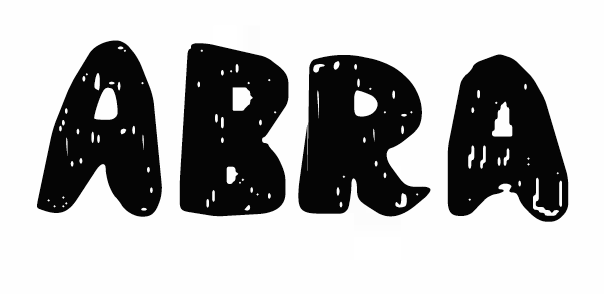
Abra is the first and only all-in-one global app offering a true crypto exchange and digital wallet —- making cryptocurrency investing simple. Abra empowers users to buy and hold 30 cryptocurrencies and 50 fiat currencies on a single app. Exchanges between multiple cryptocurrencies or fiat are quick, easy, and secure. Plus, with the Abra app, consumers can manage all crypto investments on one screen.

Unbankd is actively making cryptocurrencies and blockchain technology simple to understand. Between all the noise and technical jargon, there’s no clear path to clarity. We’re solving this with our unique media and education hybrid platform. No matter who you are or where you live, we’ve made a place for you to learn and grow. Our first product is a quick and easy newsletter that drops free crypto knowledge in your inbox every day. If being crypto smart is your thing, join the Unbankd community!
